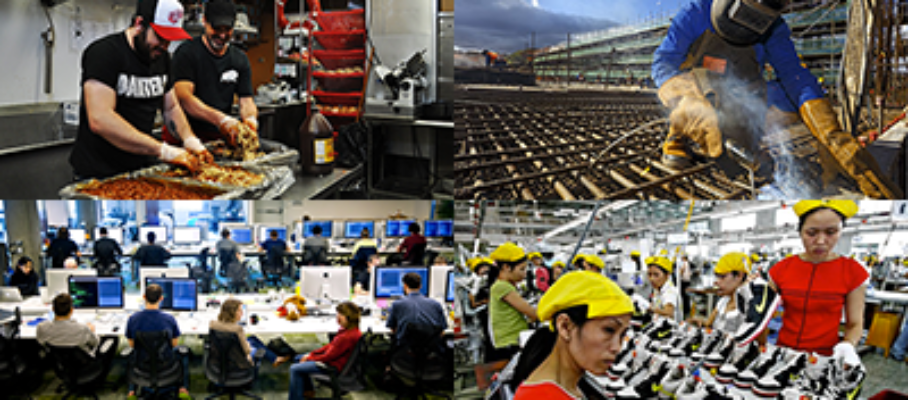Feb 27 2020
Toyota Precepts and Public Relations

Sam MacPherson started a discussion on LinkedIn about Toyota founder Sakichi Toyoda’s 5 Precepts. Sakichi Toyoda died in 1930 and, 5 years later, Kiichiro and Risaburo Toyoda pulled together 5 precepts that he had lived to share with Toyota employees. Sam thinks that these 5 precepts are the key to understanding culture, global business practices, and company Hoshins.





Mar 10 2020
Critical Data Elements and Data Quality | Rupa Mahanti | QualityDigest
“Not everything that can be counted counts. We are currently living in the digital age and are drowning in an ocean of data. Organizations have a large number of data entities and data elements, and a large volume of data corresponding to the same, and they continue to amass more and more data with each passing day. With a large amount of data coming in, it’s important to know what is ‘quality’ data, and what isn’t.”
Source: QualityDigest
Michel Baudin‘s comments: It is refreshing to see an article in QualityDigest on current topics, as opposed to pre-World War II methods. I tried to address this topic myself early on in this blog, in A Management Perspective on Data Quality.
#dataquality
Share this:
Like this:
By Michel Baudin • Press clippings 1 • Tags: data quality